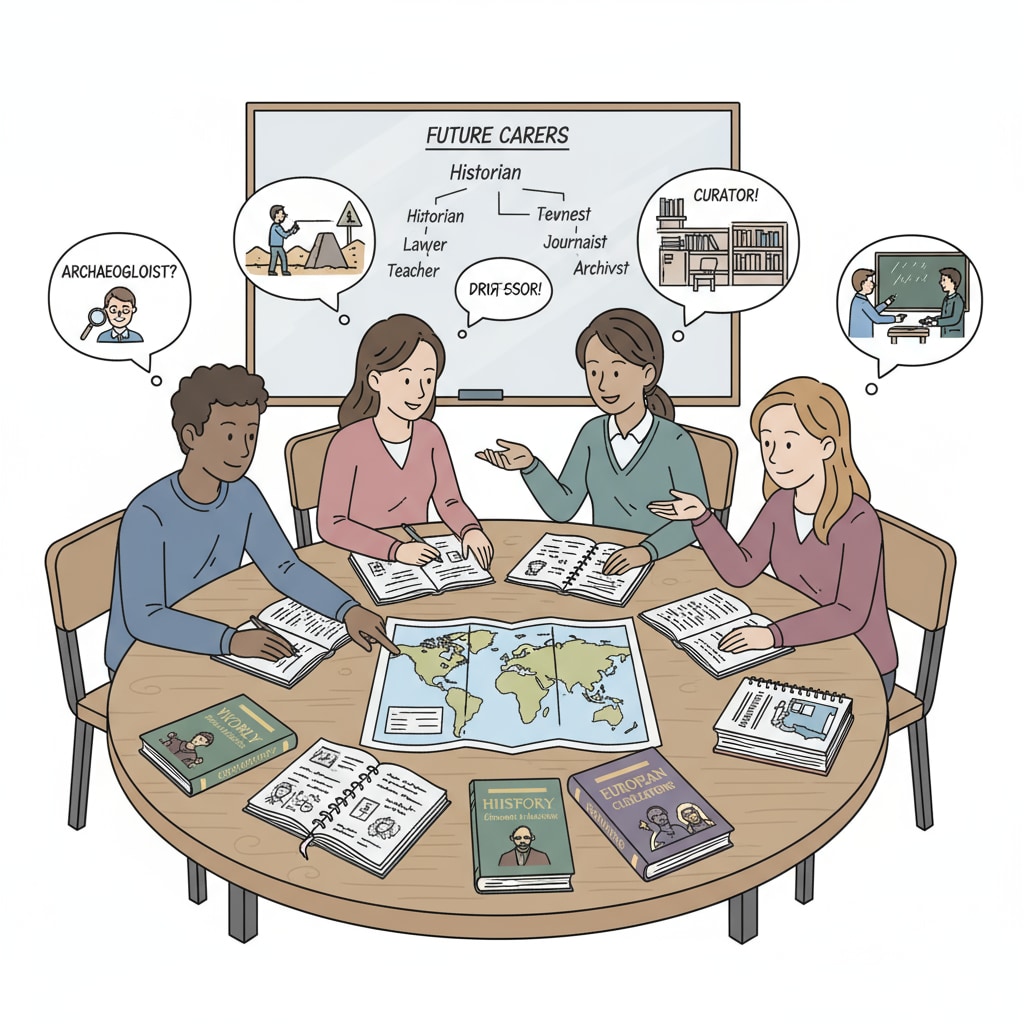For high school students with a passion for history and a desire to inspire young minds, the path to becoming a history teacher involves careful teacher career planning, strategic university application, and dedicated pursuit of knowledge. This guide will walk you through the essential steps to turn your dream of becoming a history teacher into a reality.

Understanding the Role of a History Teacher
Before diving into the details of university application and career planning, it’s crucial to understand what a history teacher does. A history teacher is not just someone who lectures about past events. They are storytellers, critical thinkers, and mentors. According to Britannica’s Education Profession entry, history teachers play a vital role in shaping students’ understanding of the world, fostering empathy, and developing analytical skills. They design engaging lesson plans, facilitate classroom discussions, and assess students’ learning progress. For example, a history teacher might use primary sources like diaries and letters to bring history to life in the classroom.
Selecting the Right University Major
When it comes to university application, choosing the right major is a pivotal step in your journey to becoming a history teacher. A major in history is an obvious choice as it provides in-depth knowledge of different historical periods, events, and cultures. However, you can also consider double majoring in history and education. This combination equips you with both the subject matter expertise and the teaching skills required. Many universities offer education courses as part of their history programs. As stated on Wikipedia’s History Education page, integrating education courses into your history studies can give you a head start in your teaching career. Additionally, some schools may offer specialized tracks in history education, such as teaching history at the secondary or elementary level.

Another option is to pursue a minor in education while majoring in history. This allows you to gain a basic understanding of teaching principles and methods without committing to a full education major. It’s important to research different universities and their program offerings to find the one that best suits your interests and career goals.
Readability guidance: Each section here focuses on a key aspect of the journey to becoming a history teacher. Short paragraphs are used to make the information accessible. Transition words like ‘however’ and ‘additionally’ are used to connect ideas smoothly.
Scholarship Opportunities for Aspiring History Teachers
For students from low-income families, financial constraints can seem like a significant obstacle on the path to becoming a history teacher. Fortunately, there are numerous scholarship opportunities available. Many organizations and foundations offer scholarships specifically for students pursuing education degrees, especially in history. For instance, some scholarships are awarded based on academic merit, while others focus on students with a commitment to teaching in underprivileged areas. You can search for scholarships on websites like Fastweb or Scholarships.com. Additionally, some universities have their own scholarship programs for education majors. Make sure to carefully read the eligibility criteria and application requirements for each scholarship to increase your chances of success.
Building Practical Teaching Experience
As you progress through your university years, gaining practical teaching experience is essential. Look for internships or student teaching opportunities at local schools. These experiences allow you to apply the theoretical knowledge you’ve learned in the classroom to real-world teaching situations. You’ll get a chance to work with students, develop lesson plans, and manage a classroom. For example, you could volunteer at a nearby high school and assist a history teacher with their classes. This hands-on experience not only enhances your teaching skills but also looks great on your resume when you start applying for teaching jobs after graduation.
In conclusion, the journey to becoming a history teacher is an exciting one that requires careful teacher career planning, a well-chosen university major, and dedication to gaining practical experience. By following these steps and taking advantage of available resources, high school students can set themselves on the path to a rewarding career in teaching history.


